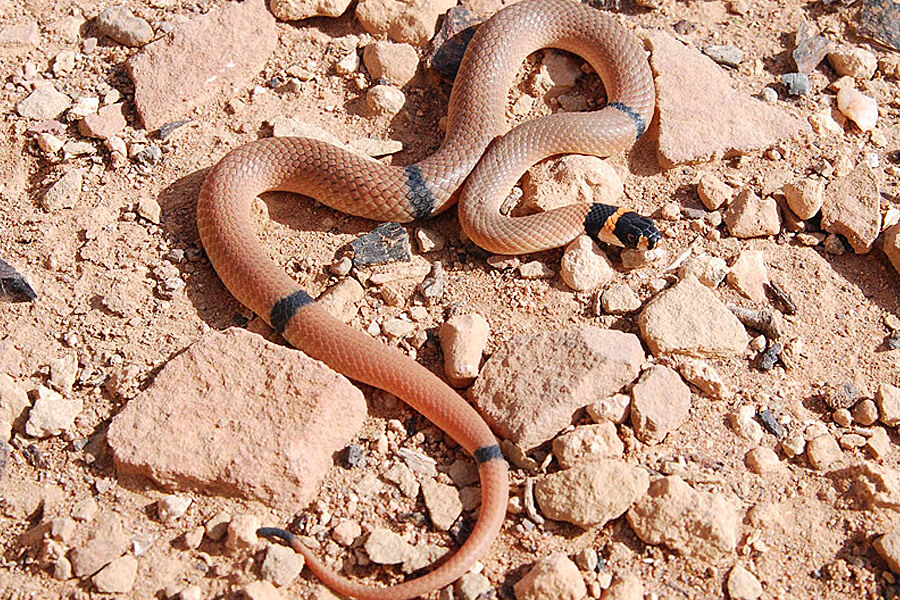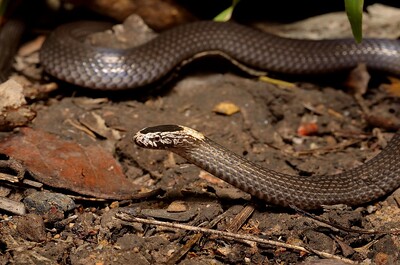Introduction
When it pertains to the interesting world of snakes, few varieties capture the creativity quite like the child tiger snake. Understood for their distinctive coloration and powerful poison, these serpents are an important component of Australia's distinct ecological community. In this thorough post, we will delve into various aspects of baby tiger serpents, including their habits, habitat, and exactly how to securely engage with them. Whether you're a wild animals fanatic or just interested concerning these creatures, comprehending baby tiger snakes can help foster a much deeper appreciation for nature.
Baby Tiger Snakes: What You Need to Learn About Their Habits and Habitat
What Are Child Tiger Snakes?
Baby tiger snakes are juvenile forms of the extremely venomous types known medically as Notechis scutatus These serpents are mainly located in seaside regions of Australia, especially in Tasmania and southerly Victoria. As they expand, their coloration modifications from an extra soft combination to the particular yellow and black bands that provide their name.
One remarkable element of child tiger snakes is their size; hatchlings usually determine around 25-30 cm in http://alexisvbaz802.iamarrows.com/first-aid-for-snake-bites-at-home-preparation-and-response-4 length. Regardless of their small stature, they possess an unusual amount of venom that can be harmful to people if bitten.

Physical Characteristics
Tiger snakes have several essential physical attributes:
- Coloration: The distinct banding pattern frequently comes to be more noticable as they mature. Size: Grownups can reach lengths of approximately 2 meters. Body Shape: They have a durable body that helps in swimming and earthbound movement.
Where Do Child Tiger Snakes Live? Understanding Their Habitat
Understanding the environment preferences of infant tiger serpents is important for both conservation efforts and public safety. These serpents thrive in various settings:
- Wetlands: Marshes and swamps provide enough searching grounds. Coastal Regions: Frequently located near beaches where they can search for prey. Woodlands: Thick plant life offers cover from predators.
Geographical Distribution
Tiger serpents are mostly discovered along Australia's southern coast, consisting of:
- Tasmania: Home to among the most infamous populations. Victoria: Especially in locations near water bodies.
Are Tiger Snakes Venomous? A Deep Dive into Their Venom
One common question occurs when going over baby tiger snakes: "Are tiger snakes poisonous?" The response is a resounding yes!
Venom Composition
The poison of tiger serpents contains neurotoxins that can create paralysis, coagulopathy (blood clotting problems), and potentially fatality if neglected. Right here's what you need to understand:
- Effects on Humans: A bite from a tiger serpent can cause signs and symptoms like swelling, discomfort at the bite website, queasiness, and even breathing failure.
Comparison with Other Venomous Snakes
In comparison to other Australian serpents such as the eastern brown serpent or king brownish snake, tiger serpent venom is taken into consideration among one of the most potent. However, casualties are uncommon due to improved medical therapies and access to antivenom.
Behavioral Patterns of Infant Tiger Snakes
Understanding exactly how infant tiger serpents behave is crucial for those that reside in or go to areas where these reptiles are prevalent.
Nocturnal Habits
Most child tiger serpents display nocturnal actions. They tend to forage for food during cooler night temperature levels. This adaptability aids them stay clear of predators while improving their hunting efficiency.
Hunting Techniques
Their hunting techniques include:
- Ambush Predation: Waiting inactive up until victim comes close. Active Foraging: Proactively relocating via greenery or along rivers in search of food.
First Aid for Serpent Bites: What You Should Know
Despite being fascinating creatures, encounters with child tiger snakes can bring about dangerous scenarios if bites take place. Recognizing first aid treatments can save lives.
Immediate Steps After a Bite
Remain calmness; panic raises heart rate. Immobilize the affected limb utilizing a splint or bandage. Seek instant medical focus-- antivenom might be necessary.Creating a Snake Bite First Aid Kit
A well-prepared first aid package need to include:
|Product|Purpose|| ------------------------------|--------------------------------------|| Compression bandage|To paralyze the limb|| Splint|Stabilizes damaged bones or joints|| Antihistamines|Alleviates allergic reactions|| Emergency situation call numbers|Quick gain access to throughout emergency situations|
Common Myths Concerning Tiger Snakes Debunked
Many myths surround these interesting reptiles; let's clarify some misconceptions generally held by people.

Myth # 1: All Tiger Snakes Are Aggressive
While some people may exhibit defensive actions when intimidated, not all tiger snakes display aggression towards human beings unless provoked.

Myth # 2: Infant Tiger Snakes Are Less Unsafe Than Adults
This myth might not be even more from the reality! Child tiger serpents consist of almost as much venom as adults about their dimension; hence they present significant dangers if bitten.
FAQs Regarding Baby Tiger Snakes
What do child tiger snakes eat?- They mainly eat small mammals, birds, frogs, and fish.
- Look for slender bodies with faint banding patterns that end up being extra obvious as they mature.
- Yes! Birds of prey and bigger reptiles might target them.
- Typically every couple of weeks as they proliferate during their very early life stages.
- While some people do keep them unlawfully without licenses because of their harmful nature; it's typically not recommended offered their venomous status.
- With timely medical therapy-- consisting of antivenom-- the survival price is high!
Conclusion
In summary, comprehending infant tiger snakes-- what Is a King brown snake poisonous they consume, where they live, just how they behave-- can equip us with useful understanding about these impressive yet dangerous animals. The value of education and learning bordering first aid procedures can not be overemphasized; understanding exactly how to react successfully after a bite can conserve lives while promoting respect for our wriggling next-door neighbors within Australia's rich biodiversity range.
By valuing these serpents' duties within ecosystems-- and acknowledging possible threats-- we promote coexistence instead of fear-based responses towards each other's existence in nature's grand tapestry! Whether you're a passionate walker contemplating your following journey or simply interested regarding regional wild animals encounters near home-- this guide acts as your relied on recommendation point on the enigmatic world inhabited by our friends-- the magnificent baby tiger snake!